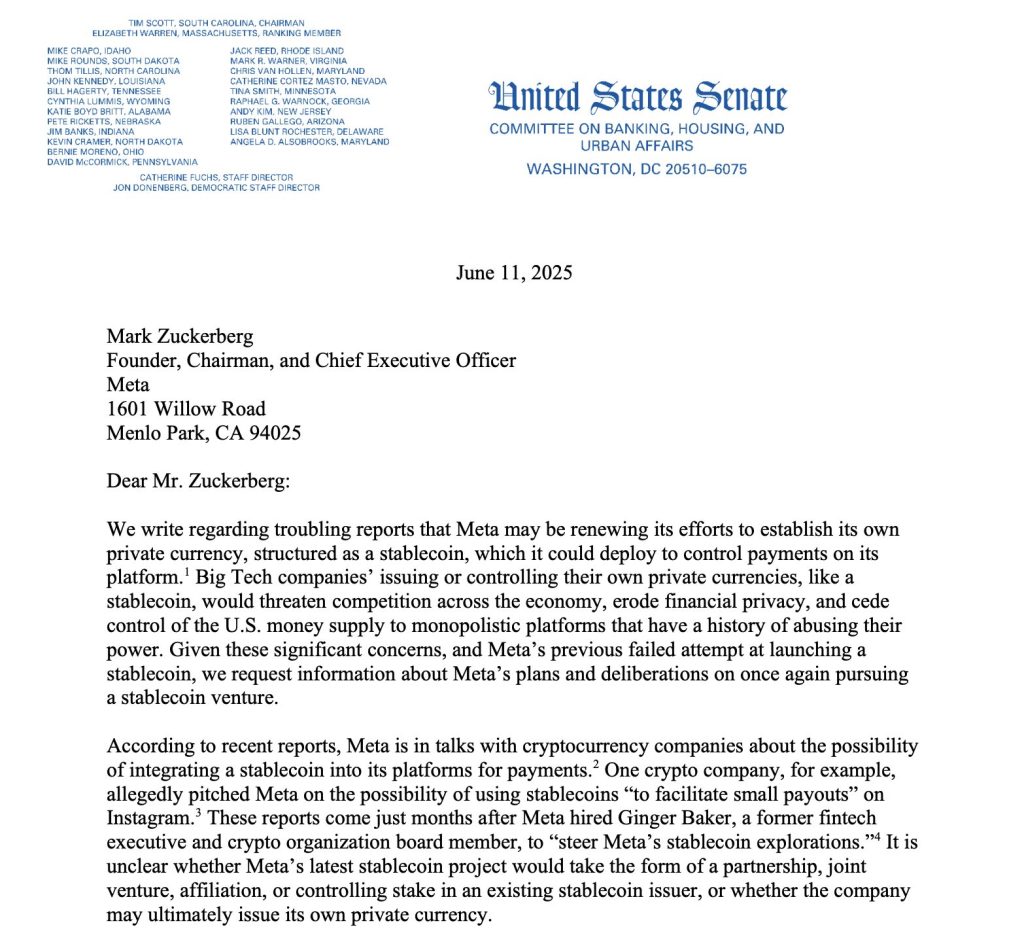Business finance Concept – Tax Planning text on Note pad
getty
When that ship of yours that is coming in is visible on the horizon – a business that you have built or some assets that you shrewdly purchased long ago now ripe for sale- you need to think about how to deal with the associated tax on your gain. Just for perspective you should calculate how much the tax is going to be, From there you can start thinking about ways and means to defer or even avoid the tax. I remember when my ship came in – more of a PT Boat rather than an aircraft carrier. It was the biggest check I ever wrote. Circumstances militated against me being able to do anything about it.
My Favorite Technique
Rising interest rates have brought one technique to the fore that had gone out of favor- the structured installment sale (SIS). For what it is worth, if I had another ship come in this is the technique that I would likely go with. I have discussed the Monetized Installment Sale, which flat out does not actually work. There is the Deferred Sales Trust which remains worth considering. Then you have things like Opportunity Zone Funds, a 1031 exchange, some sort of charitable remainder trust or if you are the generous sort donation of your asset to a donor advised fund. There are probably other secret sauces, I don’t know about.
You should analyze those latter techniques keeping in mind Reilly’s Second Law of Tax Planning – Sometimes it’s better to just pay the taxes. This requires a thought experiment. Suppose you have the prospect of getting $1,000,000 from your buyer and you or your adviser project that reporting the resulting gain will increase your tax liability by $200,000. That means that when all the dust settles you will have $800,000 if you just pay the taxes.
Say you are selling the sort of thing that qualifies for a 1031 exchange. Somebody suggests that you can indefinitely defer the $200,000 tax by exchanging into a co-tenancy interest in a Walgreen’s drugstore in Chicago. It is a mistake to think of this prospect as a $200,000 win. The analysis you should do starts with thinking of yourself with that $800,000 in after tax proceeds. Would you seriously consider buying that drugstore co-tenancy interest? If not, then, hard as it is to grasp, there is a good argument that it is better to pay the taxes. There may still be an option besides paying the taxes, but for you the drugstore is not it.
Coming Back Into Fashion
The structured installment sale (SIS) is actually pretty simple from a planning and execution perspective. Essentially your buyer will pay an intermediary, likely an insurance company instead of you. Then they pay you over time. When I say it is simple, I am looking at it from the point of view of you and your tax adviser. There are some significant technical complications but you are leaning on the tax expertise of a major insurance company. Still you need to remember Reilly’s Fourth Law of Tax Planning – Execution isn’t everything, but it’s a lot.
What made the technique go out of fashion was pathetically low interest rates. One of the main points of deferral is to have the amount deferred working for you. If you are getting negligible interest there seems to be no point, However there can be a point, Spreading the income out can lower the tax significantly, This can be significant to taxpayers who have a sort of once in a lifetime windfall.
Consider Joe. Joe who is in his late sixties and is getting by on $36,000 a year in Social Security, He owns a few acres of land that he inherited from his grandfather that used to have negligible value. Things change. Something happened. You make it up. My creativity is flagging. He can sell the land which will give him a gain of $800,000. Besides the gain itself that is going to make $30,600 of his social security taxable. There is AMT and NII. All in his total tax will be $165,022.
Let’s spread the gain out over four years and unrealistically assume no change in laws and rates. The tax will be $29,003 per year if the gain is spread evenly. There is still some NII but no AMT. That is nearly a $50,000 saving in tax, Spreading gain recognition out over eight years would save nearly another $20,000. On a smaller deal with $100,000 gain, the tax of $12,840 could be entirely eliminated by spreading the gain recognition over four years.
Those savings are not that exciting if that is all you are getting out of tying up your money with the insurance company. And a few years ago that was close to all you were getting. And remember that if your basis is not negligible you are tying up tax free proceeds of the sale also. The only technique I know of where you get to invest just the gain is investing in a Qualified Opportunity Zone Fund.
Better Rates
Interest rates going up changes the game. Chad Ettmueller of JCR Settlements LLC encouraged me to write about SIS in response to my pieces about more dubious methods. He told me that on fixed rate deals rates around 4.25% are now available. The origin of the SIS is an extension of structured settlements in lawsuits. Payments for personal injury are excluded from income. So rather than take a lump sum payment which you invest for a taxable return, you take a stream of payments that are entirely exempt. What disturbs me about structured litigation settlements is the ads you see for people to sell their structured settlements presumably at a significant discount. Given the way capital markets work, it’s hard not to believe they might have been better off with a lump sum up front.
At any rate somebody had the bright idea of applying the principle to installment sales. The plans allow deferral not only of gain but also of the investment return. I have to admit that I am relying on the insurance company tax attorneys for that aspect of the plan working. Mr. Ettmueller is most enthusiastic about index-linked plans. These allow you to defer as long as forty years. Future payments can increase based on an index performance, but can never decrease. I can see the allure of these products. Nonetheless, you really need to do the same sort of analysis as you would for the drug store in Chicago. Is this something that you would buy if you had the after tax proceeds in hand? It is not like a relatively short term structure that substantially cuts the tax while providing an acceptable short term return.
I heard from Timothy Speiss a partner focusing on Private Client Services at Eisner Advisory Group LLC. He had a number of practical observations. Not everything you sell can qualify for installment sale treatment. Dealer property and ordinary income property does not qualify. This can be a particular complicating factor in business sales. State taxes can also get complicated pretty quickly particularly if you are selling property in a state where you don’t live or subsequently move. Finally a taxpayer who has more than $5 million in outstanding installment sale obligations may have to pay interest on the deferred tax. This can take a lot of the fun out of the deferal.
In conclusion Structured Installment Sale deserves a place in your bag of tricks for dealing with liquidity events. Be sure to run good numbers and don’t let the tax tail wag the economic dog
Other Coverage
Dan Finn has An Introduction to Structured Installment Sales-Avoiding Capital Gains Taxes on Real Estate Transactions or Business Buyout inThe CPA Journal.
“If planned properly, unlike many of the other options that focus mostly on tax deferral, a structured installment sale can eliminate taxes on gains altogether, even if the gain is significant.
Credit: Source link










